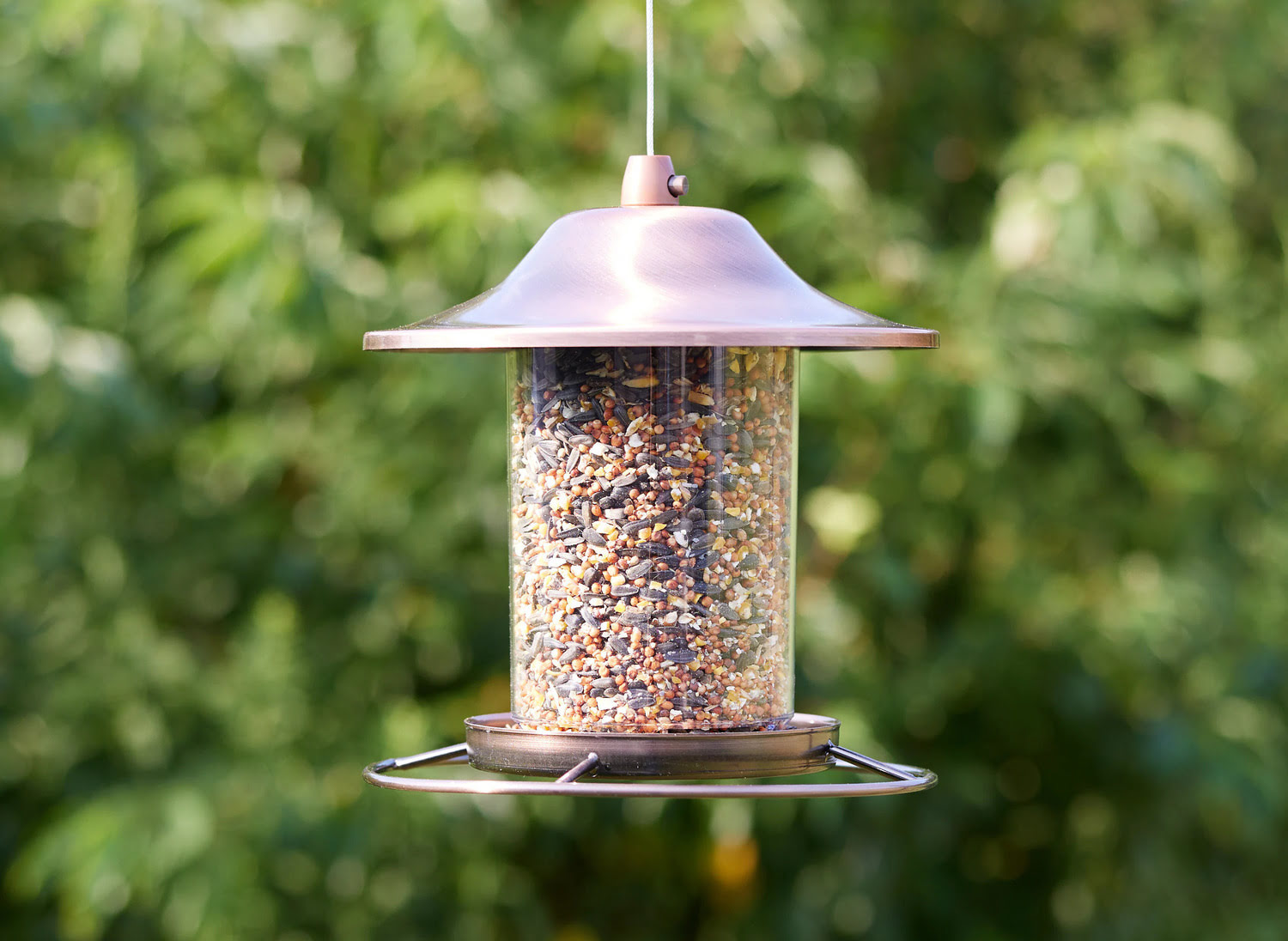

Articles
How To Store Bird Seed Outside
Modified: January 6, 2024
Learn the best way to store bird seed outside with these helpful articles. Ensure your feathered friends always have a fresh and tasty treat!
(Many of the links in this article redirect to a specific reviewed product. Your purchase of these products through affiliate links helps to generate commission for Storables.com, at no extra cost. Learn more)
Introduction
When it comes to attracting birds to your backyard, offering them a variety of food options is key. One popular choice among bird enthusiasts is to provide bird seed. With its wide range of nutrients and flavors, bird seed is a favorite among many bird species.
However, storing bird seed properly is crucial to ensure its freshness and prevent spoilage. Whether you have a large amount of bird seed or just a small bag, it’s important to keep it outside in a way that protects it from the elements and keeps it safe from unwanted pests.
In this article, we will discuss the best practices for storing bird seed outside, including choosing the right container, selecting a suitable location, protecting the bird seed from moisture, preventing pests and critters, and regular cleaning and maintenance.
By following these guidelines, you can ensure that the bird seed you offer is fresh, appealing to birds, and free from contamination. So, let’s jump right in and explore how to store bird seed outside!
Key Takeaways:
- Ensure bird seed freshness by choosing an airtight, durable container, and placing it in a sheltered, accessible location. Protect from moisture, pests, and contaminants for a delightful bird feeding experience.
- Maintain bird seed quality by regular cleaning, monitoring, and maintenance. Keep the storage area clean, discard spoiled seed, and track purchases for a healthy bird-watching environment.
Read more: Where To Store Bird Seed
Choosing the Right Container
When it comes to storing bird seed outside, choosing the right container is essential. A suitable container will not only keep the bird seed fresh but also protect it from moisture, pests, and other potential contaminants. Here are some factors to consider when selecting a container:
- Airtight and Durable: Look for a container that is airtight to prevent moisture from getting inside and spoiling the bird seed. Additionally, the container should be made of durable material that can withstand outdoor conditions, such as plastic or metal.
- Size and Capacity: Consider the amount of bird seed you typically store and choose a container with an appropriate size and capacity. It’s generally a good idea to opt for a larger container to accommodate future purchases or if you attract a large number of birds.
- Easy to Open and Close: Ensure that the container has a secure and easy-to-use lid or closure mechanism. This will not only help to maintain the freshness of the bird seed but also make it convenient for you to access and refill as needed.
- Transparent or Labeled: It’s advantageous to choose a container that is either transparent or labeled. A transparent container allows you to easily monitor the amount of bird seed left, while a labeled container helps you identify and differentiate between different types of bird seed if you offer a variety.
- Elevated or Hanging Option: If you want to deter pests and critters from accessing the bird seed, consider using a container that can be elevated or hung. This will make it more difficult for them to reach the seed and reduce the chances of contamination.
Remember that the container you choose should be solely dedicated to storing bird seed to avoid cross-contamination with other substances. It’s also a good idea to clean and disinfect the container regularly to maintain its hygiene.
By selecting the right container for storing bird seed outside, you can effectively protect the seed and ensure its freshness for a prolonged period of time. This, in turn, will attract a wide variety of birds to your backyard, providing them with a nutritious and enjoyable feeding experience.
Selecting a Suitable Location
Once you have chosen the right container for storing bird seed outside, it’s important to find a suitable location for placing it. The location you choose should not only be convenient for you but also provide the optimal conditions for keeping the bird seed fresh and attracting birds. Here are some factors to consider when selecting a location:
- Sheltered from the Elements: Look for a spot that offers protection from direct sunlight, rain, and strong winds. Extreme weather conditions can spoil the bird seed and make it unappealing to birds.
- Away from Moisture Sources: Ensure that the chosen location is away from any potential sources of moisture, such as sprinklers, gutters, or leaking pipes. Moisture can quickly spoil bird seed and result in mold growth.
- Out of Reach of Pests: It’s important to place the container in a location that is inaccessible to pests and critters. Avoid placing it on the ground or near shrubs or trees where squirrels, raccoons, or rodents can easily reach and contaminate the bird seed.
- Easy Access for Refilling: Consider your convenience when selecting a location. Ensure that the container is easily accessible to you for refilling, cleaning, and maintenance. This will make it easier for you to provide fresh bird seed on a regular basis.
- Visible to Birds: Birds are more likely to visit your backyard if they can easily spot the bird seed. Choose a location that is visible and open, away from dense foliage or obstructions that may hide the container from their view.
One effective way to attract birds is by placing the container near existing bird feeders or bird baths, as many birds tend to visit these areas already. Additionally, having multiple feeding stations in different parts of your yard can help distribute bird activity and reduce competition among the birds.
Remember to monitor the chosen location periodically for any signs of pest activity, moisture accumulation, or bird droppings. If necessary, adjust the location or take necessary measures to address any issues promptly.
By selecting a suitable location for storing bird seed outside, you can ensure that the seed remains fresh, protected, and easily accessible to the birds. This will greatly enhance the chances of attracting a wide variety of bird species to your backyard and provide them with a delightful feeding experience.
Protecting the Bird Seed from Moisture
Moisture is one of the main culprits when it comes to spoilage and deterioration of bird seed. It can lead to the growth of mold, bacteria, and fungi, making the seed unappetizing and potentially harmful for birds. Therefore, it’s crucial to take necessary measures to protect the bird seed from moisture. Here are some effective ways to do that:
- Choose an Airtight Container: As mentioned earlier, selecting an airtight container is key to preventing moisture from seeping into the bird seed. Make sure the container has a secure and tight-fitting lid that creates a barrier against moisture.
- Use Desiccants: Desiccants are substances that help absorb moisture. Placing a desiccant packet or a few silica gel packs inside the container can help absorb any moisture that may be present, keeping the bird seed dry and fresh.
- Avoid Storing in Humid Areas: When selecting a location for your bird seed container, avoid areas that are prone to high humidity, such as basements, garages, or sheds that are not properly ventilated. Instead, choose a spot that is dry, well-ventilated, and protected from moisture sources.
- Keep the Container Elevated: Elevating the bird seed container can help prevent moisture from accumulating at the bottom. Place the container on a raised platform or use a hanging mechanism to keep it off the ground.
- Monitor the Seed Regularly: Periodically check on the bird seed to ensure it remains dry. If you notice any signs of moisture, such as clumping or an unpleasant odor, it may be an indication of spoilage. In such cases, discard the affected portion and replenish with fresh, dry bird seed.
- Store in Small Batches: If you have a large quantity of bird seed, consider dividing it into smaller batches and storing them in separate airtight containers. This way, if one batch gets exposed to moisture, the rest will remain unaffected.
- Avoid Overfilling the Feeder: If you use a bird feeder, avoid overfilling it with bird seed. This can result in the accumulation of moisture due to the lack of airflow. Instead, fill it with the amount of seed that birds can consume within a day or two.
By following these measures, you can effectively protect your bird seed from moisture and ensure its freshness and quality. This will not only make it more appealing to birds but also reduce the chances of wastage and contamination.
Store bird seed outside in airtight containers to prevent moisture and pests from getting in. Keep the containers in a cool, dry place, away from direct sunlight.
Preventing Pests and Critters
Keeping pests and critters away from your stored bird seed is crucial to maintain its quality and prevent contamination. Here are some effective strategies to prevent pests and critters from accessing the bird seed:
- Choose a Secure Container: Opt for a container that is difficult for pests to access. Look for containers with tight-fitting lids or closures that pests cannot easily pry open. Additionally, consider using a container with a locking mechanism or a design that prevents chewing or scratching.
- Elevate the Container: Raise the bird seed container off the ground to make it more challenging for pests to reach. Place the container on a shelf, a raised platform, or use a hanging mechanism to keep it out of the pests’ reach.
- Seal Entry Points: Inspect the area around the bird seed storage location for any potential entry points for pests, such as gaps, cracks, or holes. Seal these entry points with caulk or other appropriate materials to prevent pests from accessing the storage area.
- Keep the Area Clean: Regularly clean the surrounding area of the storage location. Remove any debris, spills, or leftover bird seed that may attract pests. By keeping the area clean, you make it less enticing for pests to linger around.
- Remove Attractants: Pests are often attracted to food sources. Avoid storing other types of food or garbage near the bird seed container as it can attract pests. Additionally, consider removing any nearby bird feeders or bird baths that may draw pests to the area.
- Use Pest Deterrents: Consider using pest deterrents near the bird seed storage location. For example, you can set up motion-activated lights, ultrasonic devices, or natural repellents like peppermint oil or mothballs to deter pests from approaching the area.
- Regularly Monitor and Clean: Periodically inspect the bird seed container and surrounding area for signs of pest activity. Look for droppings, gnaw marks, or any other indications of pests. If any pests are detected, take appropriate measures to remove them and clean the area thoroughly.
By implementing these preventive measures, you can significantly reduce the risks of pests and critters accessing your bird seed supply. This ensures that the bird seed remains clean, safe, and attractive to birds, enhancing their feeding experience in your backyard.
Read more: How To Dispose Of Moldy Bird Seed
Regular Cleaning and Maintenance
Maintaining proper cleanliness and performing regular maintenance of your bird seed storage area is vital to ensure the quality, freshness, and safety of the bird seed. Here are some important cleaning and maintenance practices to follow:
- Clean the Container Regularly: Empty the container and clean it thoroughly on a regular basis. Use warm water and mild soap to remove any residue or buildup inside the container. Rinse it well and allow it to dry completely before refilling with fresh bird seed.
- Inspect for Mold or Mildew: During the cleaning process, check for any signs of mold or mildew on the container or inside the bird seed. If you notice any, discard the affected bird seed and clean the container more rigorously to prevent further contamination.
- Remove Old or Spoiled Seed: Periodically check the bird seed for any signs of spoilage or degradation. Discard any old, stale, or moldy seed to maintain the quality and freshness of the remaining seed. Regularly rotate the bird seed to ensure the oldest seed is used first.
- Clean the Surrounding Area: Remove any spilled or scattered bird seed around the storage area. Dead seed or discarded hulls on the ground can attract pests and contribute to unsanitary conditions. Keep the area clean to deter pests and maintain a tidy feeding environment.
- Inspect Feeding Stations: If you have bird feeders in your backyard, inspect them regularly for any signs of damage or contamination. Clean the feeder according to the manufacturer’s instructions and disinfect it periodically to prevent the spread of diseases among the birds.
- Monitor Bird Activity: Observe the bird activity around the bird seed storage area. If you notice a decline in bird visits or signs of avian illness, it may indicate a problem with the bird seed. Investigate and take appropriate actions, such as replacing the seed or consulting a bird health expert if needed.
- Keep Records: Maintain a record of your bird seed purchases, storage dates, and any issues you encounter. This helps you track the freshness and quality of the bird seed and enables you to make informed decisions regarding its storage and usage.
By following these cleaning and maintenance practices, you can ensure that the bird seed remains fresh, free from contaminants, and enticing to birds. This promotes a healthy feeding environment and enhances your overall bird-watching experience.
Conclusion
Properly storing bird seed outside is essential for maintaining its freshness, quality, and appeal to a variety of bird species. By following the guidelines outlined in this article, you can ensure that the bird seed remains protected from moisture, pests, and contaminants, providing birds with a safe and nutritious feeding experience in your backyard.
Choosing the right container, such as an airtight and durable one, is the first step to ensuring the freshness of the bird seed. Selecting a suitable location that is sheltered from the elements, away from moisture sources, and easily accessible for refilling is crucial.
Protecting the bird seed from moisture is vital to prevent spoilage. Using airtight containers, desiccants, and avoiding humid locations can help keep the seed dry and fresh. Regularly monitoring and cleaning both the container and the surrounding area is important to maintain hygiene and prevent contamination from pests and critters.
By implementing regular cleaning and maintenance practices, you ensure that the bird seed is free from mold, mildew, and spoiled seed. Consistently monitoring bird activity and adjusting as needed will help you provide the best feeding experience for the birds visiting your backyard.
Remember, attracting birds with fresh and appealing bird seed not only benefits the birds but also provides hours of enjoyment for bird enthusiasts. So, take the time to properly store your bird seed outside and create a welcoming space for nature’s feathered friends to thrive.
With these tips in mind, you are now equipped to store bird seed outside and enhance your bird-watching adventures. So, go ahead, set up your bird seed storage system, and enjoy the beauty and melodies of your avian visitors!
Frequently Asked Questions about How To Store Bird Seed Outside
Was this page helpful?
At Storables.com, we guarantee accurate and reliable information. Our content, validated by Expert Board Contributors, is crafted following stringent Editorial Policies. We're committed to providing you with well-researched, expert-backed insights for all your informational needs.
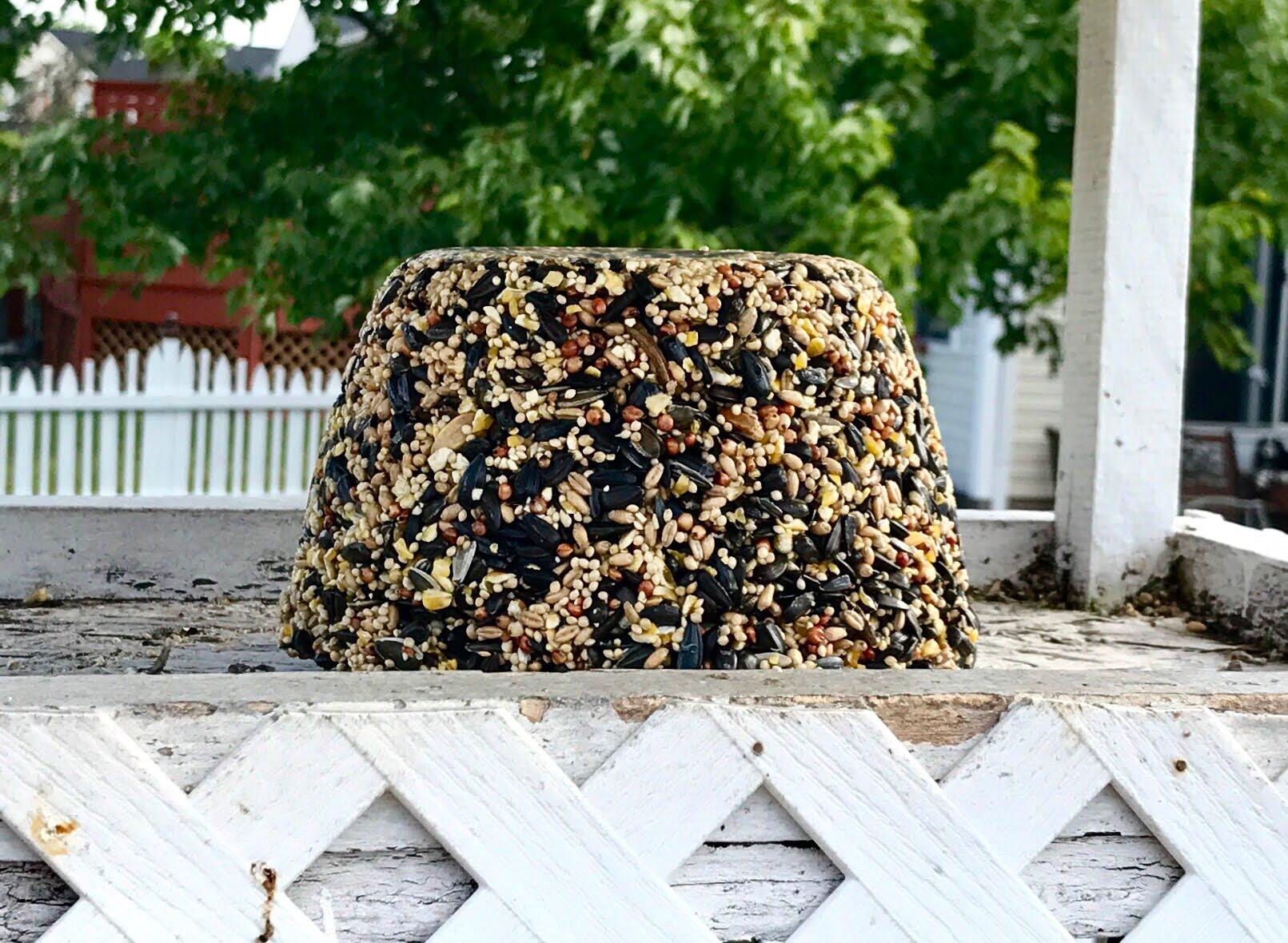

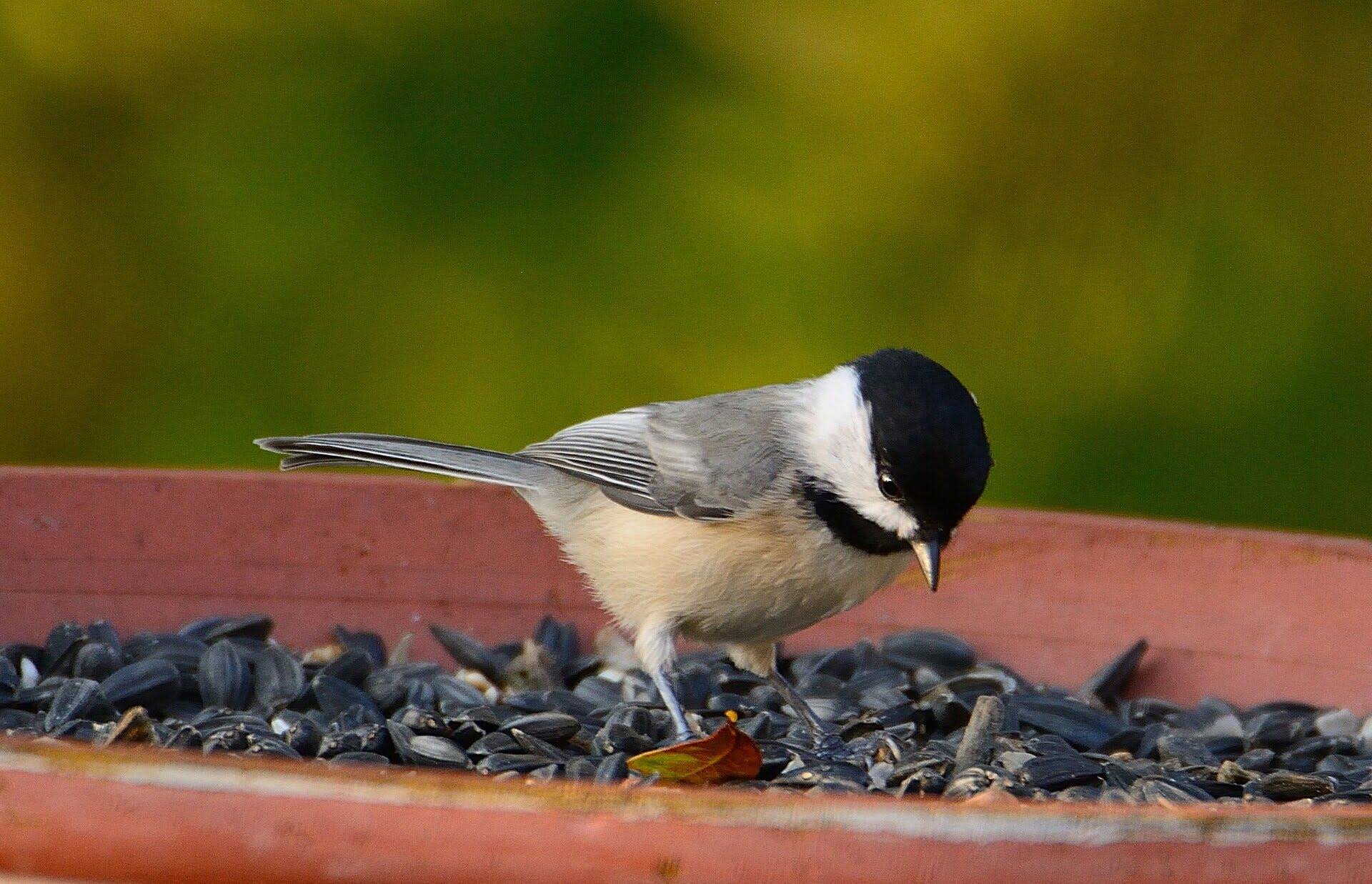
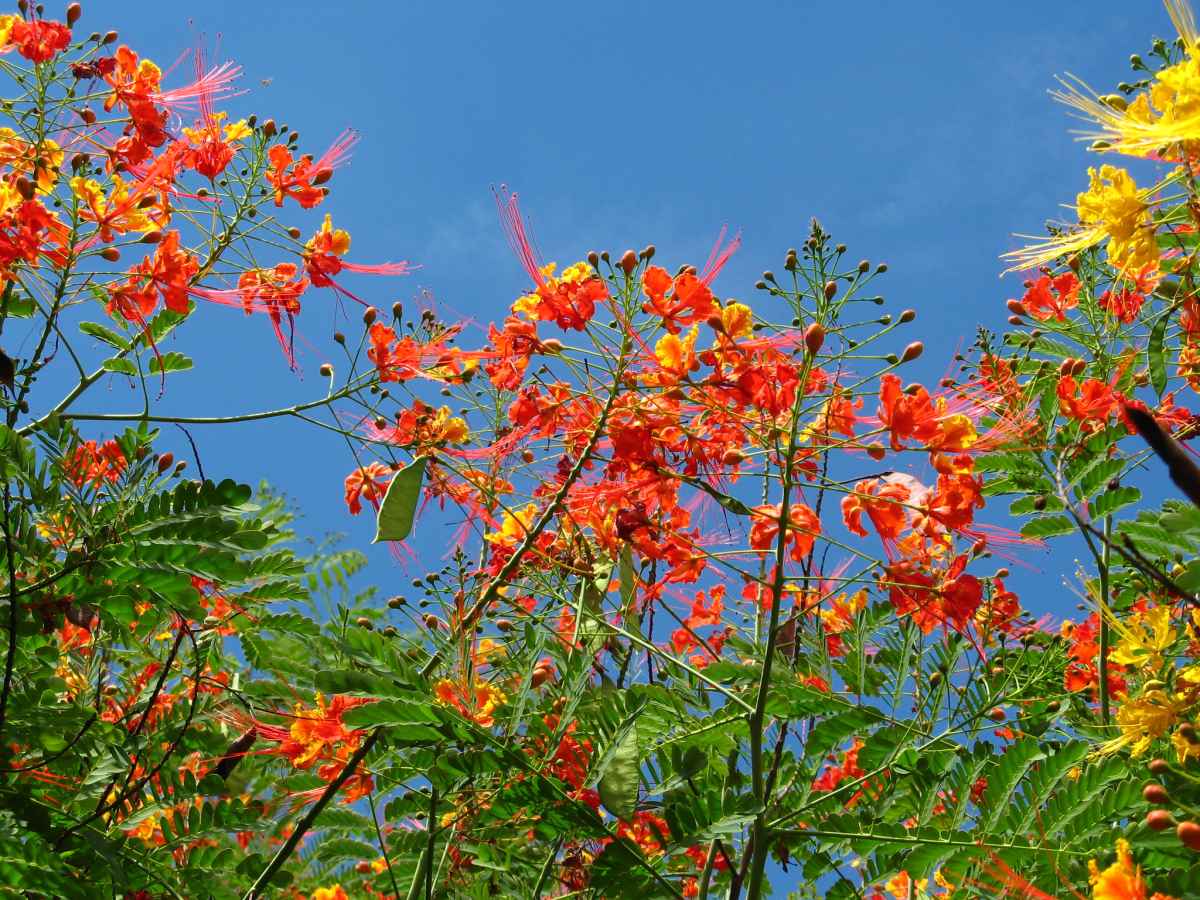
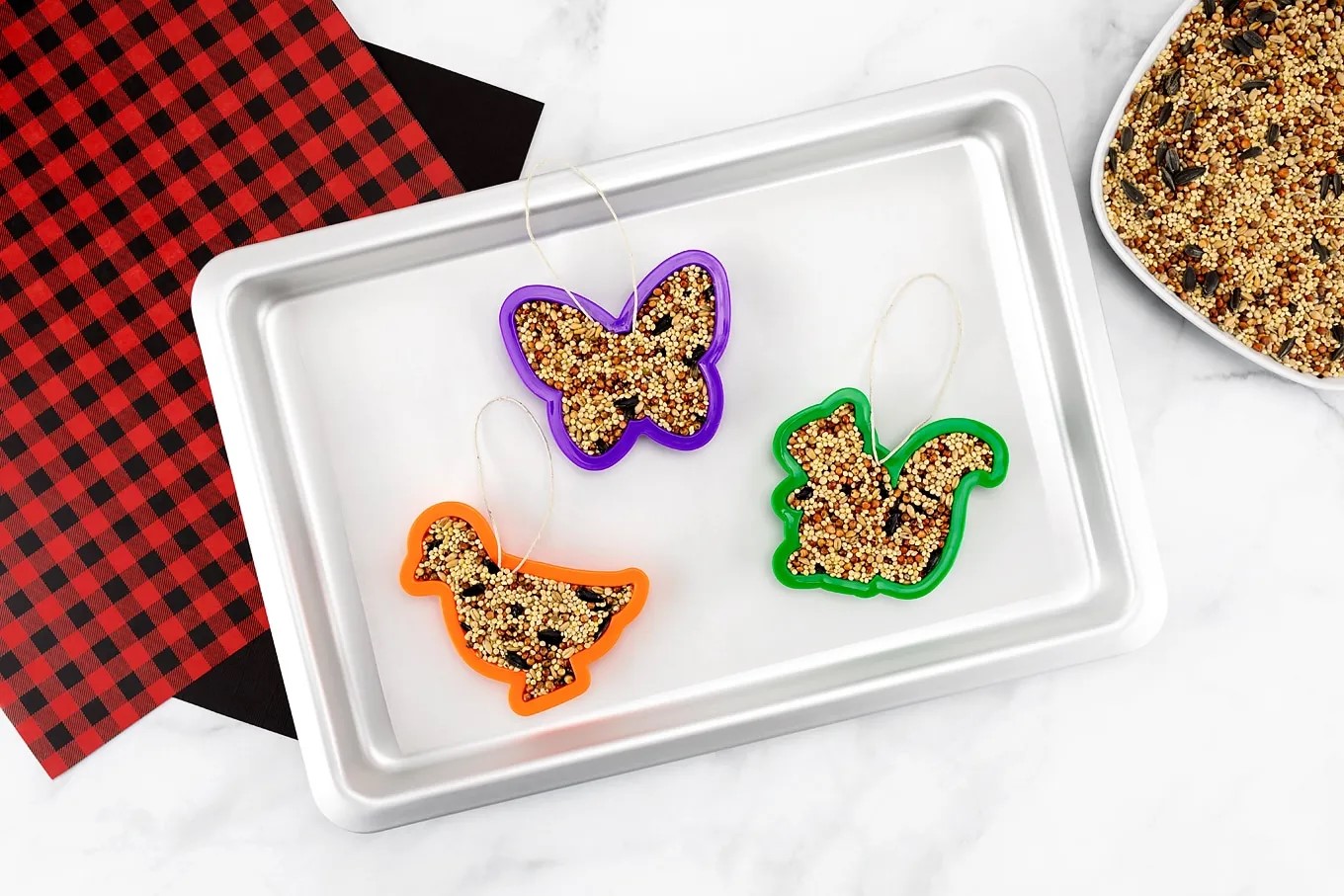
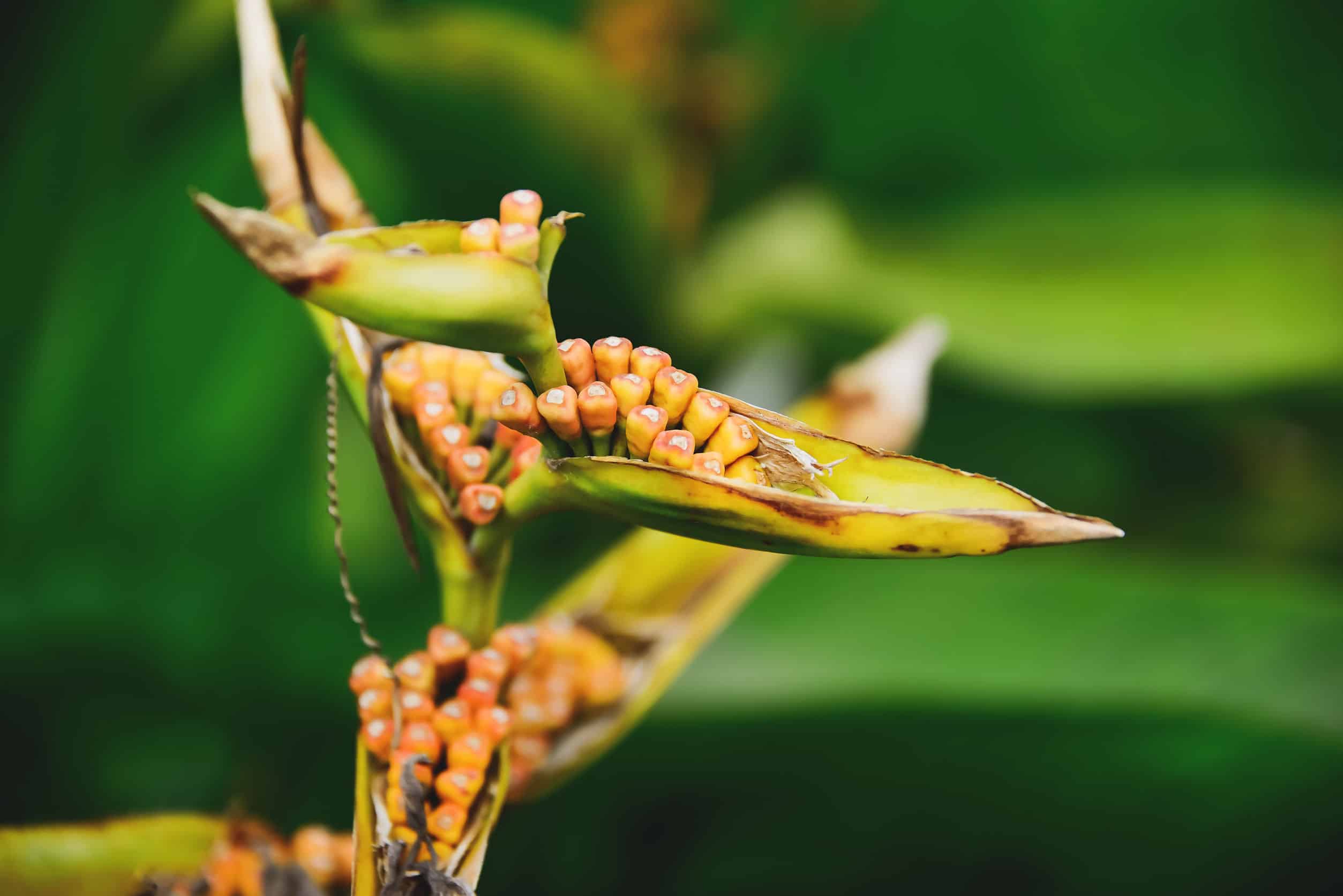
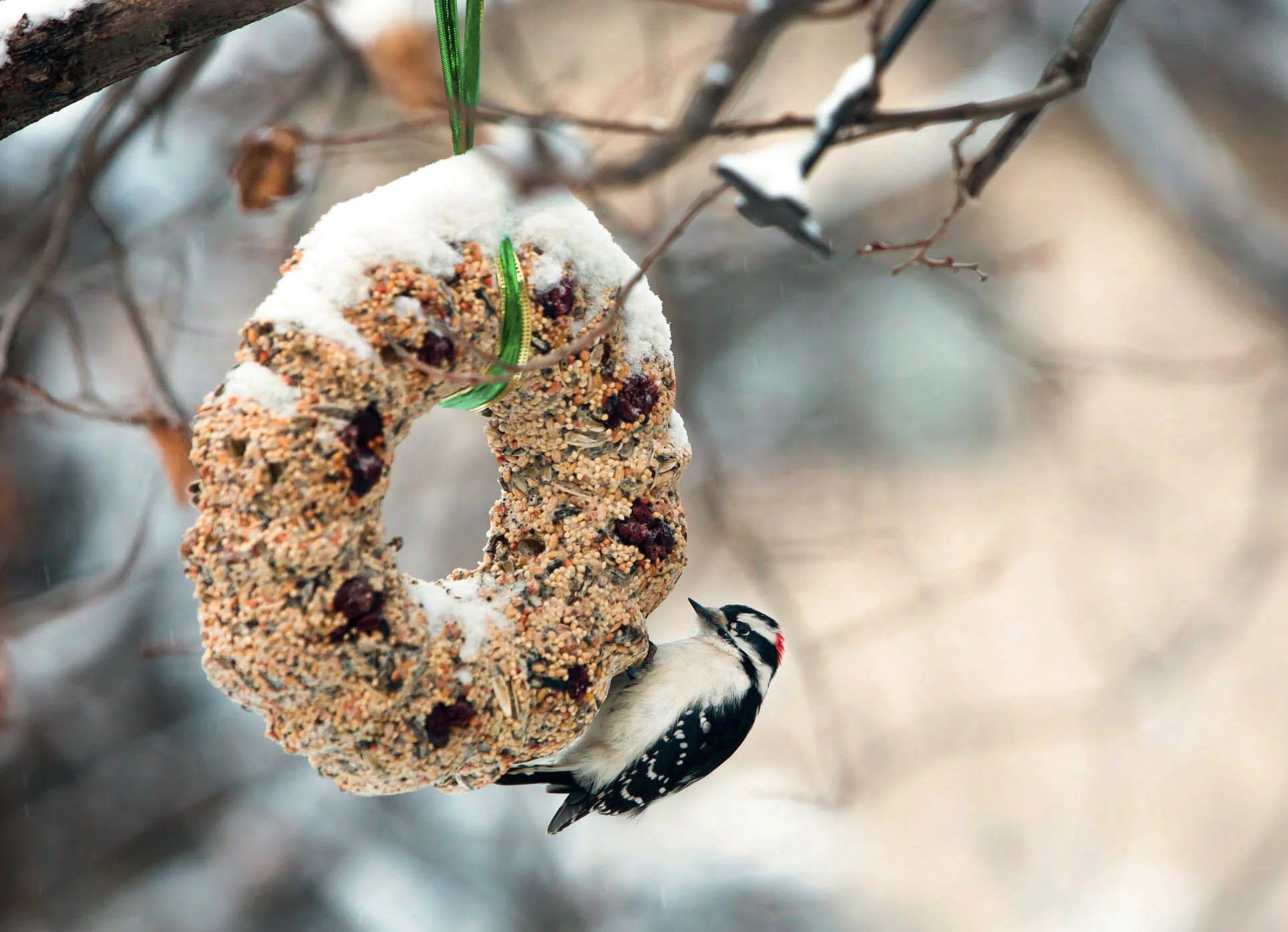
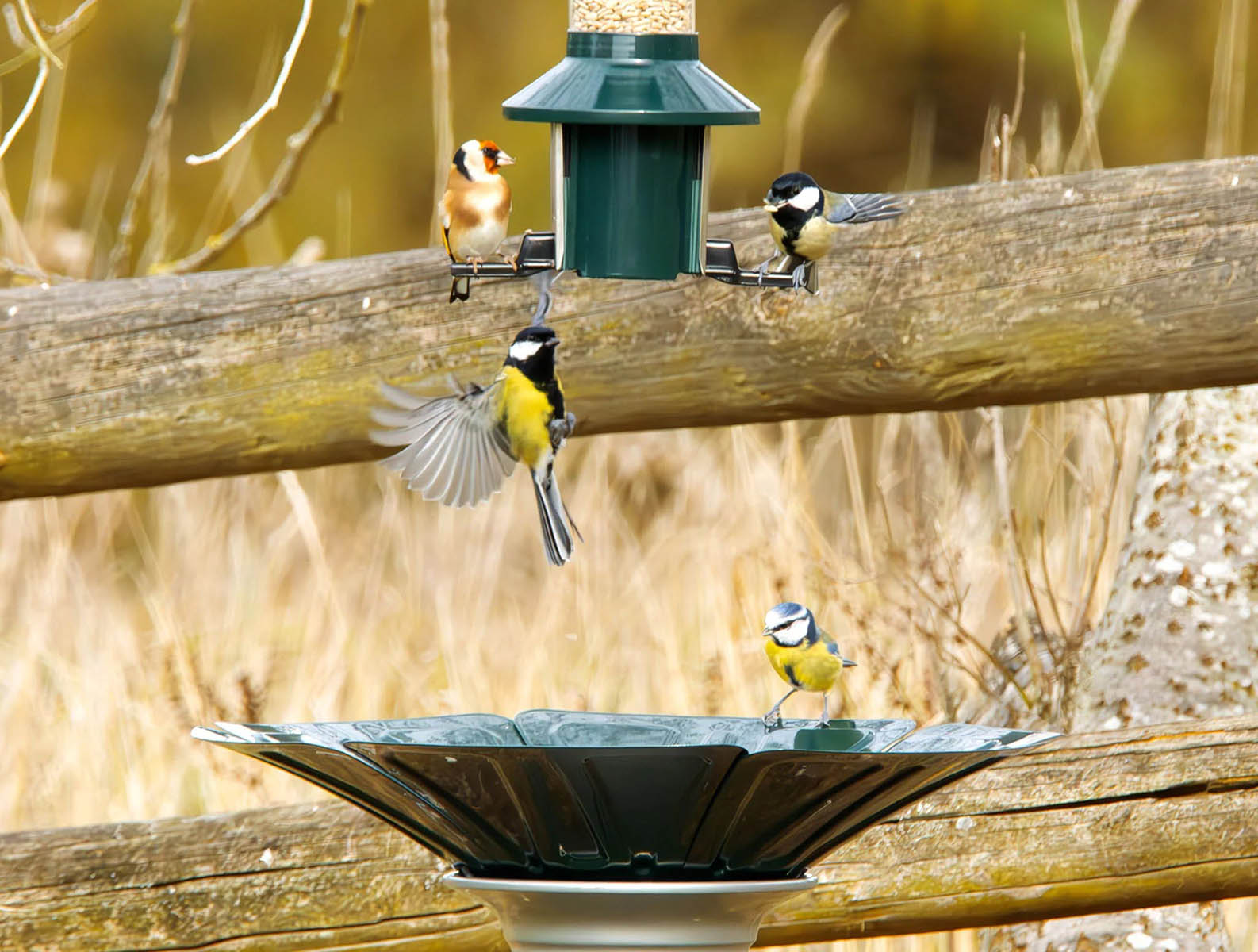
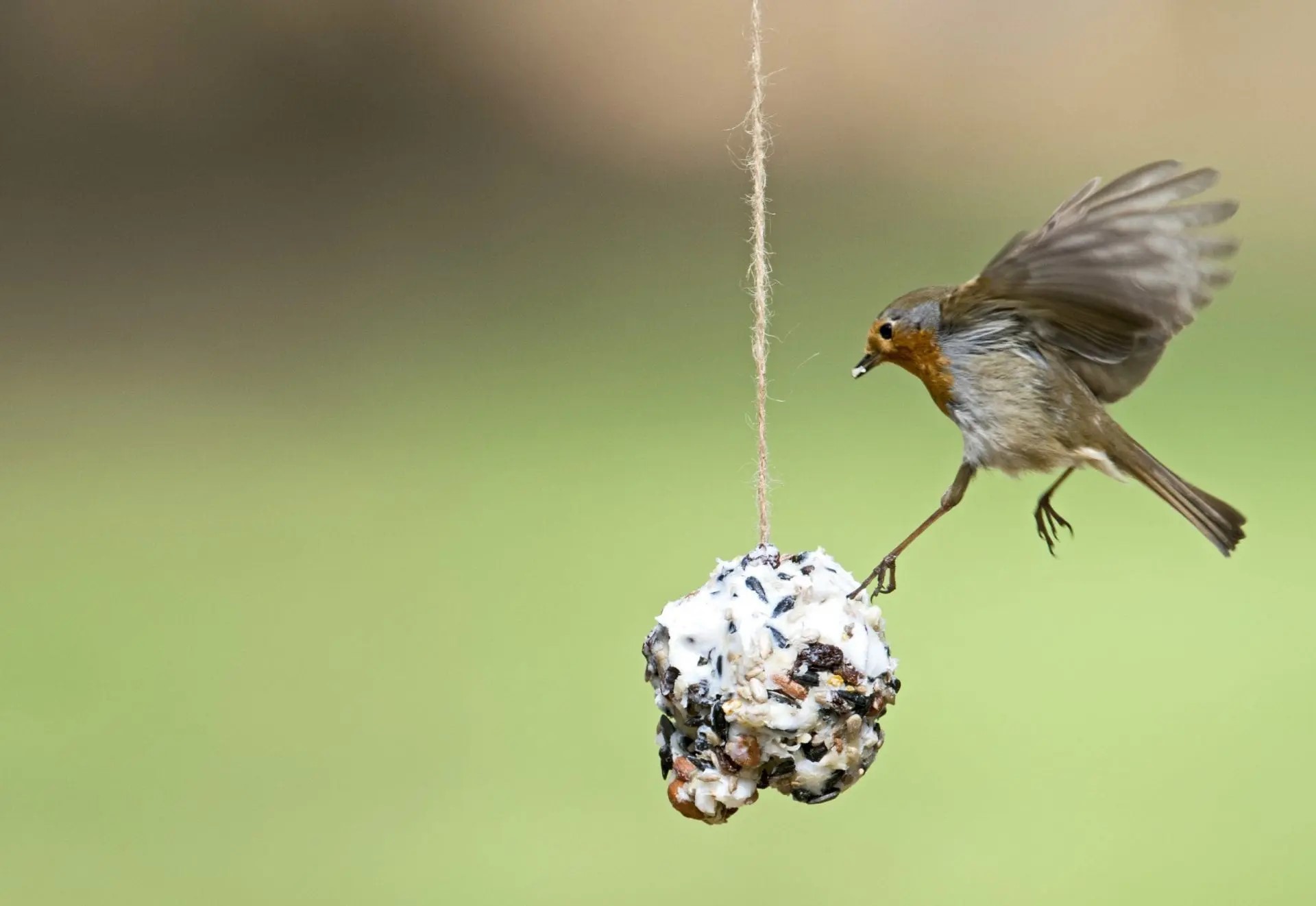
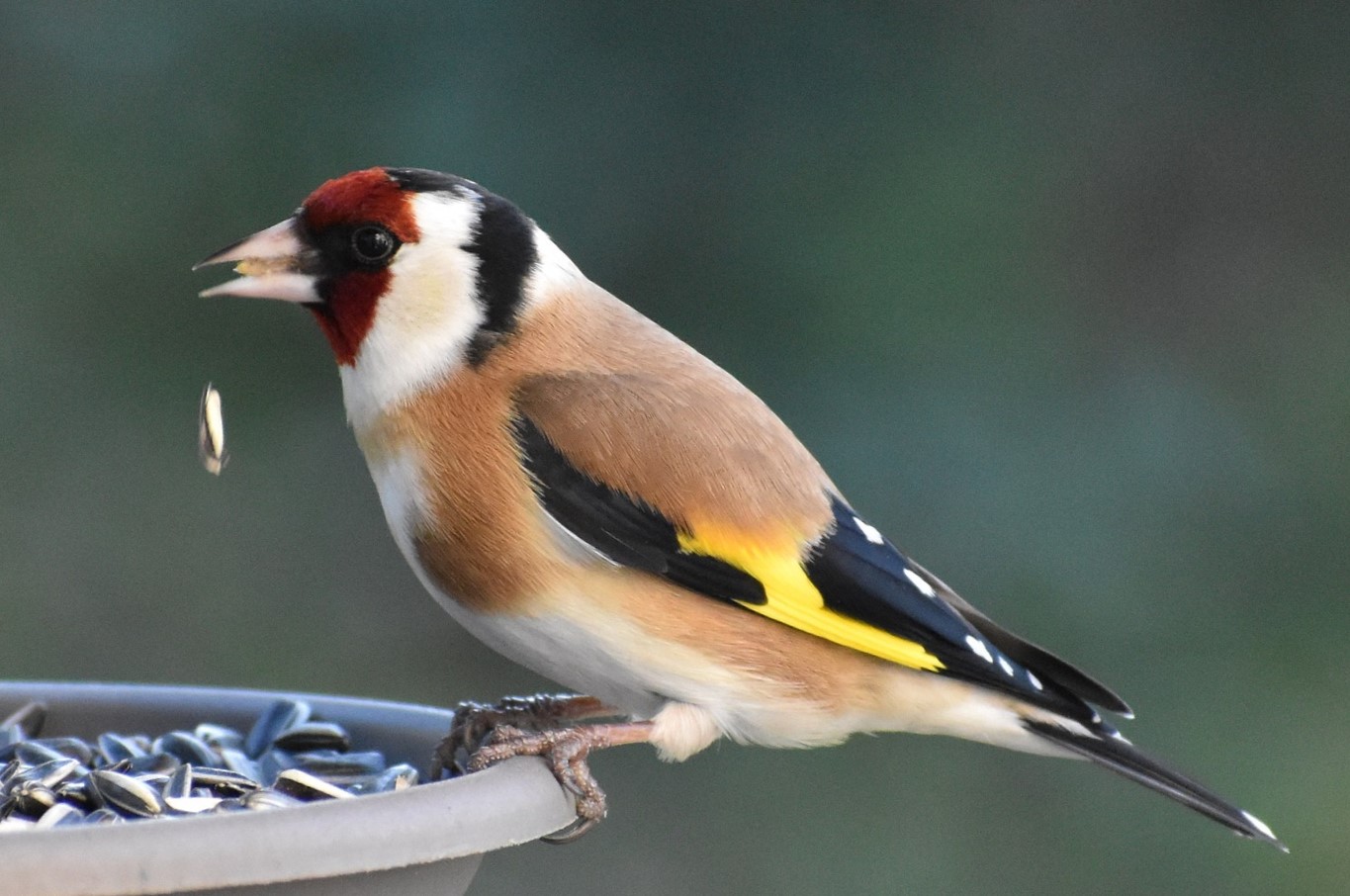
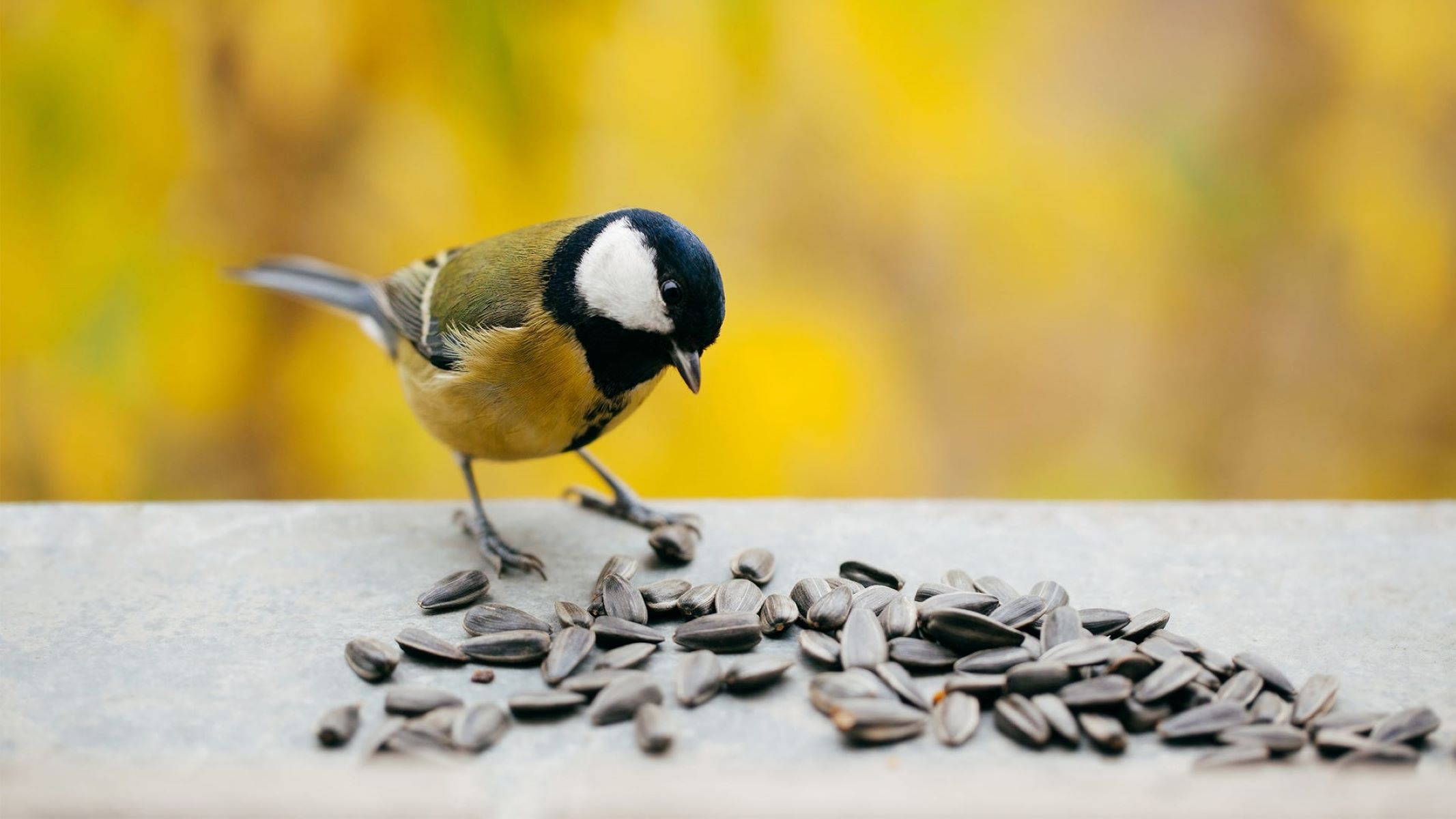
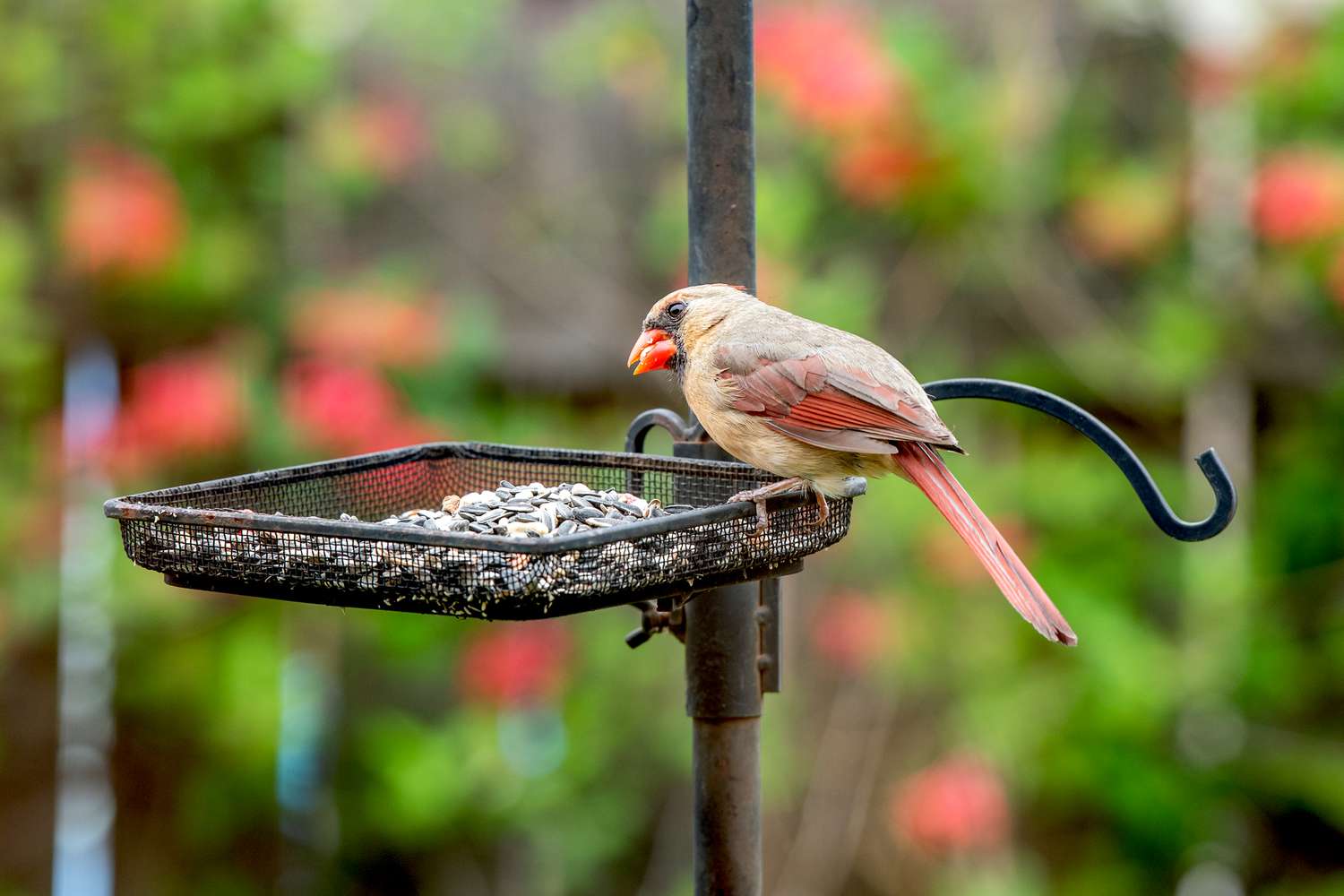
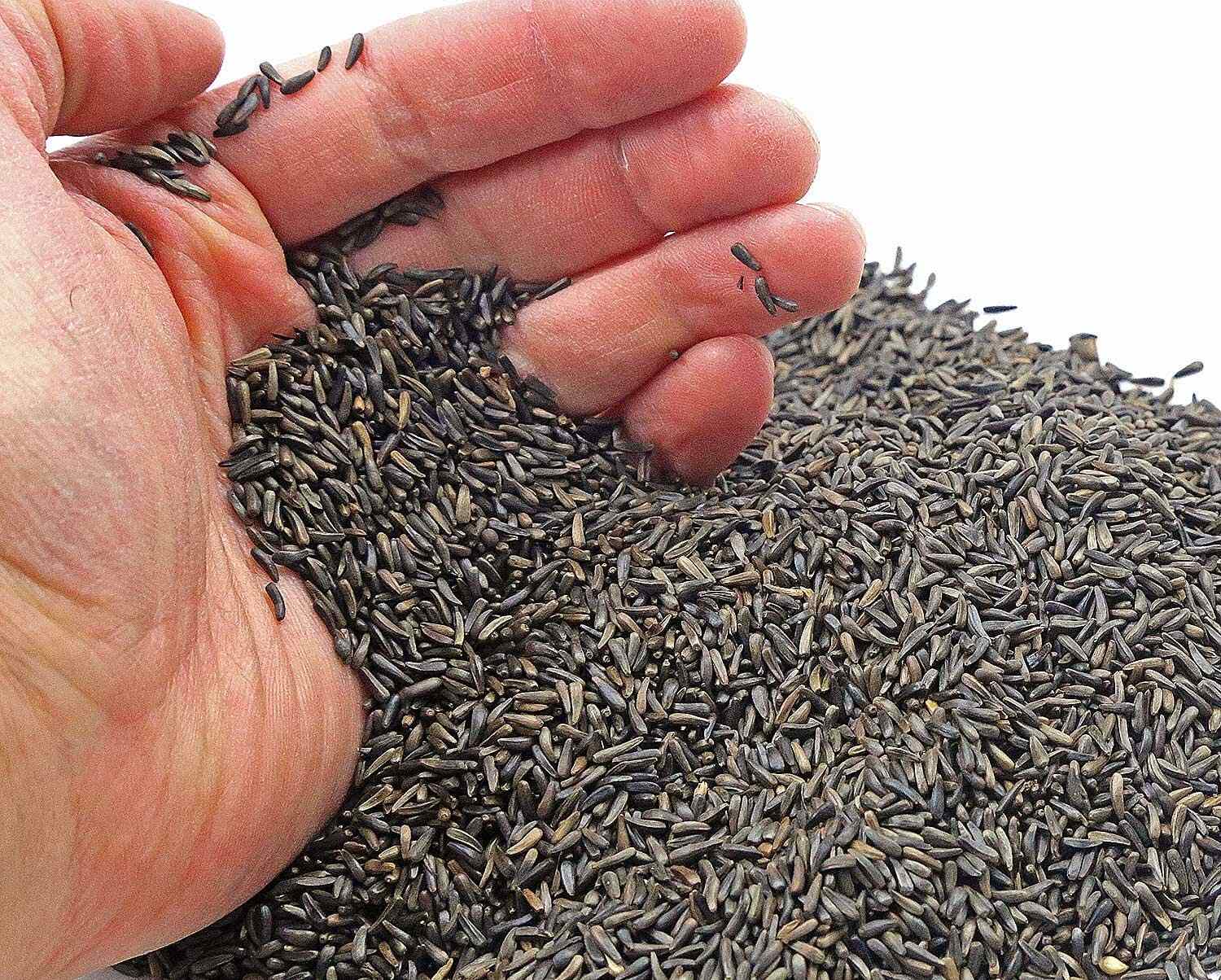
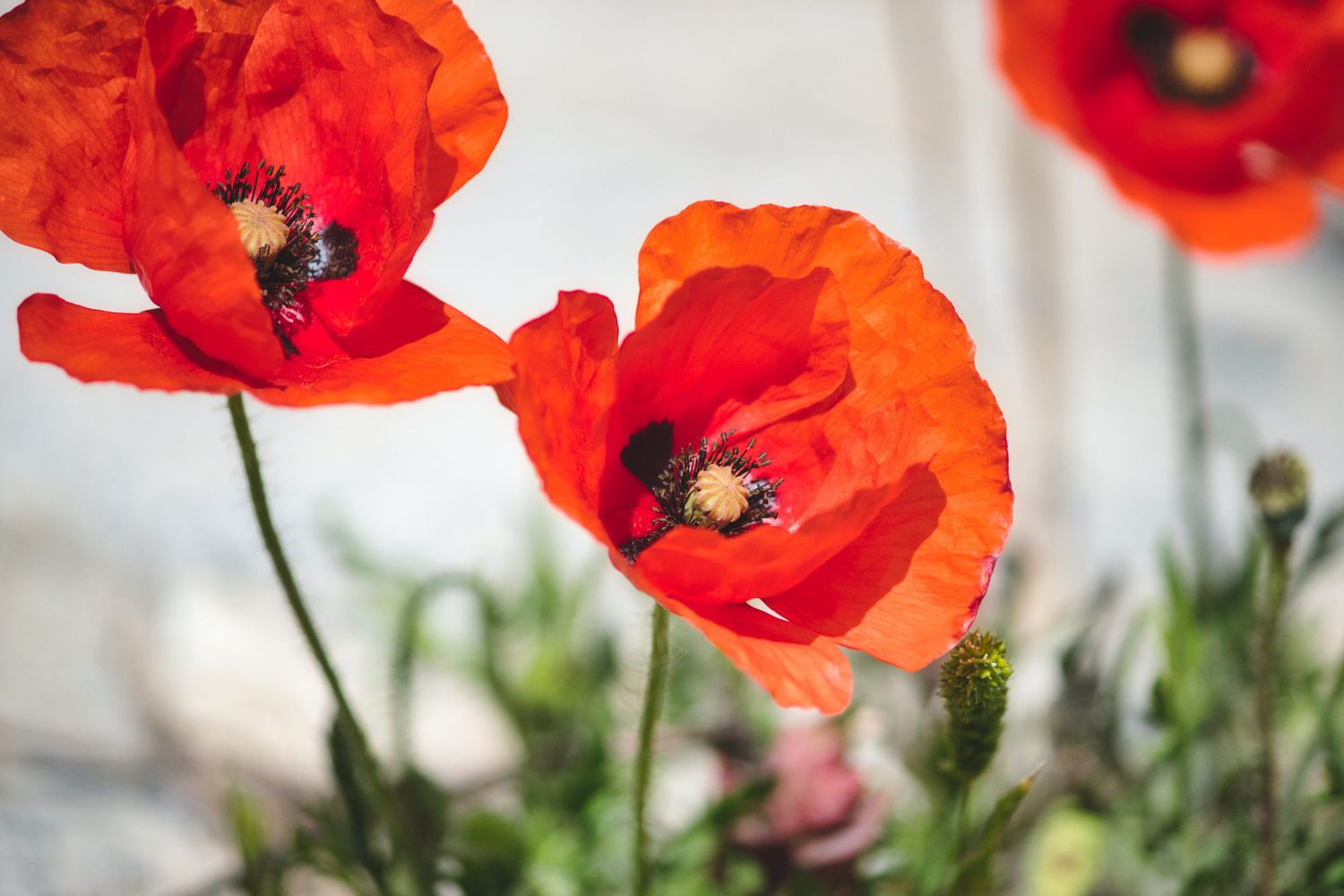

0 thoughts on “How To Store Bird Seed Outside”